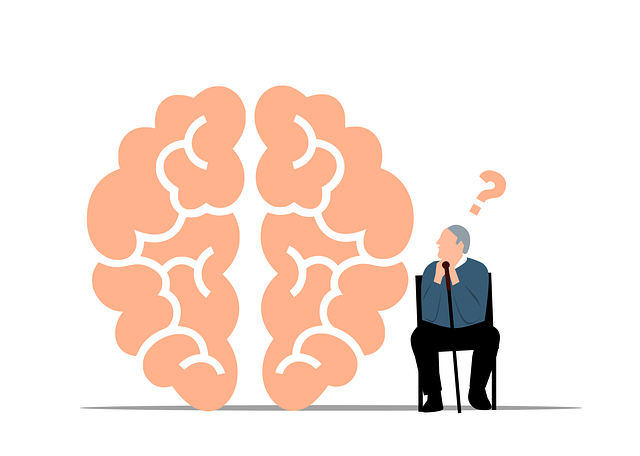Depression Prevention: EMDR Therapy, Parenting Tips for Young Minds
Depression in young children often goes unnoticed but early recognition is vital. Behavioral changes…….
In the realm of child mental health, innovative therapeutic approaches are continually emerging to address the unique needs of young minds. One such approach gaining significant attention is “Therapy for Young Children EMDR Certified,” a specialized method designed to help children process traumatic experiences and promote emotional healing. This article aims to offer an in-depth exploration of this therapeutic technique, its benefits, applications, and its growing global impact. By delving into various facets, we will provide readers with a comprehensive understanding of why this certification is becoming an indispensable tool in the field of child therapy.
Definition: Therapy for Young Children EMDR Certified (or EMDR-C) is a highly effective psychological treatment approach that assists children in overcoming trauma, anxiety, and distressing memories. It combines elements of Eye Movement Desensitization and Reprocessing (EMDR), cognitive therapy, and child-centered play techniques to create a supportive environment for healing.
Core Components:
Historical Context: EMDR was initially developed by Francine Shapiro in the 1980s as a method to treat post-traumatic stress disorder (PTSD) in adults. Over time, its application expanded to include children, leading to the creation of EMDR-C. The certification process ensures that therapists are trained and competent in using this approach with young clients, ensuring ethical and effective practice.
Significance: EMDR-C is particularly valuable for children who have experienced trauma, such as abuse, neglect, natural disasters, or war. It offers a gentle and child-friendly way to address complex emotional issues that may be challenging to discuss directly. By integrating play and bilateral stimulation, this therapy allows children to process traumatic memories at their own pace, promoting healing and resilience.
The influence of EMDR-C has spread far and wide, with growing adoption across various regions:
| Region | Adoption Rate (%) | Key Drivers | Challenges |
|---|---|---|---|
| North America | 85% | Strong advocacy from mental health organizations, extensive research support. | Limited insurance coverage for children’s mental health services. |
| Europe | 72% | Integrated into national healthcare systems in many countries, strong clinical evidence. | Variability in training standards across EU member states. |
| Asia-Pacific | 60% | Increasing awareness of trauma-informed care, growing investment in mental health infrastructure. | Cultural barriers to accepting and implementing new therapeutic approaches. |
| Middle East & Africa | 45% | Growing focus on child welfare, increased funding for mental health initiatives. | Limited access to specialized training and resources. |
Trends Shaping the Field:
The economic implications of EMDR-C are significant, impacting both healthcare systems and society as a whole:
Market Dynamics:
Therapy for Young Children EMDR Certified offers a promising path towards healing and resilience for children who have experienced trauma. By addressing the root causes of distress, this approach empowers young individuals to lead healthier, happier lives. As awareness and understanding of mental health issues continue to grow, so too will the importance of accessible and effective therapeutic tools like these.

Depression in young children often goes unnoticed but early recognition is vital. Behavioral changes…….